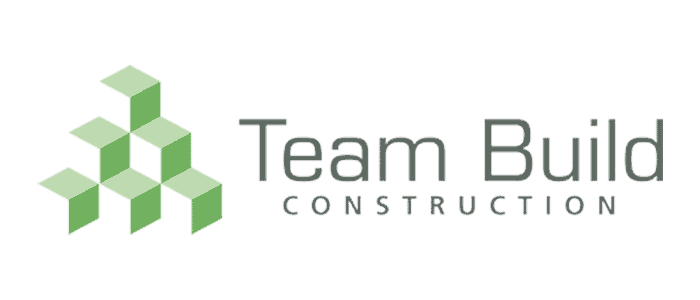First impressions count and that is particularly true when you think about the exterior design of a commercial property. It’s important for a business to leave a mark on their clients and by having an impressively designed commercial property, you can ensure that your company will stand out from the competition.
Below are some useful tips to consider when developing commercial properties.
Create an Entrance that Entices Your Clients
If you want to get your clients through the doors of your commercial property, you need to make a lasting impression by creating a front entrance that leaves them wanting more. You might choose contrasting colours, the colours of your brand or you can opt to add effective lighting and seating that puts your clients at ease. Soft comforts such as plants and rugs can really create a warm and welcoming effect.
Use the Right External Materials
Regardless of whether you are in a new or old commercial property, the materials you choose to use on the exterior of the property can really make a difference. Are you looking for something that is aesthetically striking or modern or do you want something that fits in with the surrounding?
Make Use of the Right Windows
The windows you opt to install in your commercial property have to be durable but they also have to look good. Small windows won’t let enough light into your property but they also won’t look great and so, you want something that fits in with the design of your property but also ensure that they create an impact. Of course, there are many different designs available so choose windows that are functional, durable and finish off the look of your property.
Create the Right Lighting
There is no denying that light is crucial in any workplace but to get it right you will need to use the correct lighting to create a certain look within the interior of your property. You might require more lighting in some areas than others and you might also require specific types of lighting. Consider your options and determine what kind of illumination you require.
Create Flow Within Your Property
You don’t want the different areas within your property to feel or look as though they are separated. This is not an easy task but creating that flow can include the use of different materials depending on the sections while the correct lighting will help sections flow into each other.
Bring Colours Together

The colours you choose to use on the office exterior could come down to personal preference or you might want them to reflect the image of your brand. So, you can either choose bold colours or simple colours. If you want to play it safe and avoid contrasting colours, you could choose two colours but in different shades in order to create an element of contrast. If you want to the entrance to stand out then you could opt to use a different colour completely.
Landscape the Exterior
If there are areas around the property that can be adapted to include plants, shrubs or trees then you can really make your property stand out while making it look more inviting. Landscaping the property in this way does take planning but it really can transform the outlook of your property and the way in which it is perceived. Remember that plants, trees and grass can take time to become established, so you will need to wait before it matures.
Exterior Design Based on Function
The exterior design of your property should follow the function of the property. In order to determine what is required, you will need to consider the needs of the business. However, it is important to remember that the exterior design is closely related to the interior designs.
Create Balance
An imaginative and captivating commercial exterior design relies on balance and symmetry. Clients should be impressed by the way in which you balance the facade of your building and create an appeal that is understood by clients from the moment they set eyes on your property. The exterior of your property will need to proportional and have a natural look and finish to it.
Use Space in the Best Possible Way
Your property has to be utilised in the right way and that means making the most of the space that you have available to you. Therefore, your designer should be able to utilise those difficult spaces correctly, while larger areas should be correctly lit and easily accessible.

